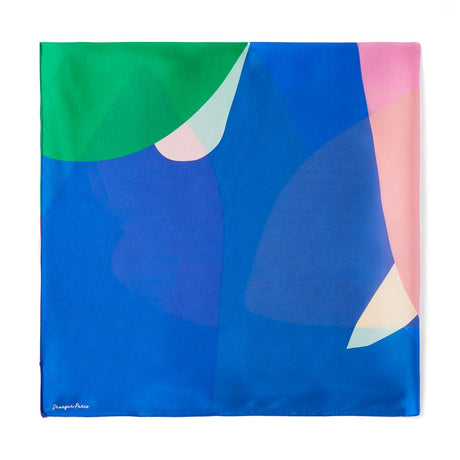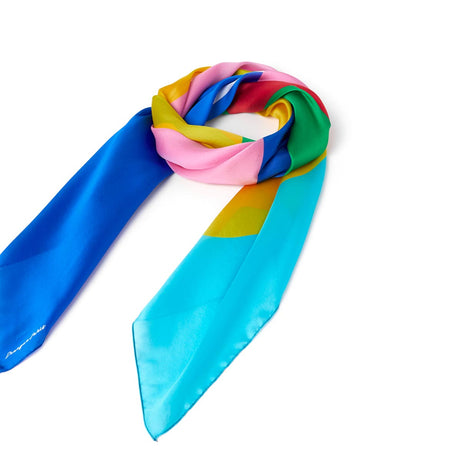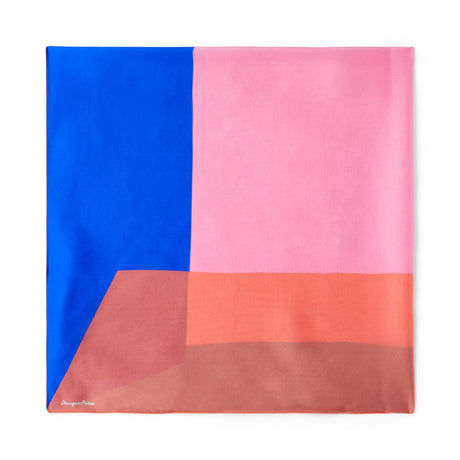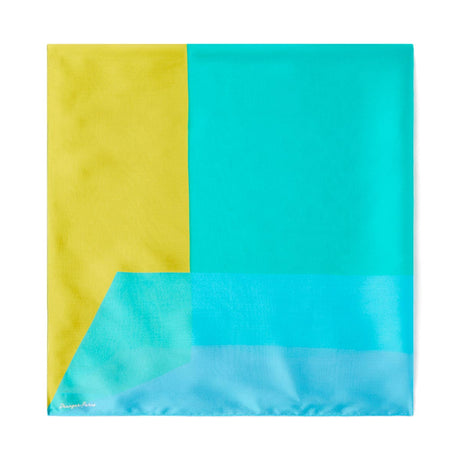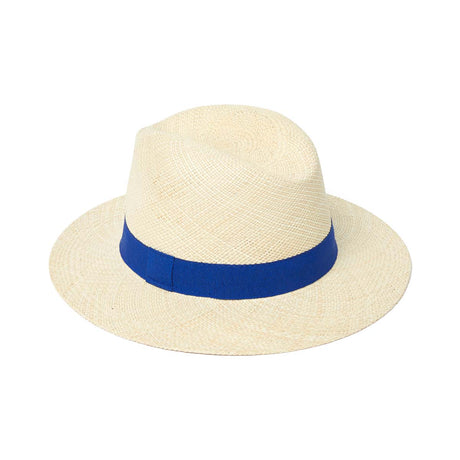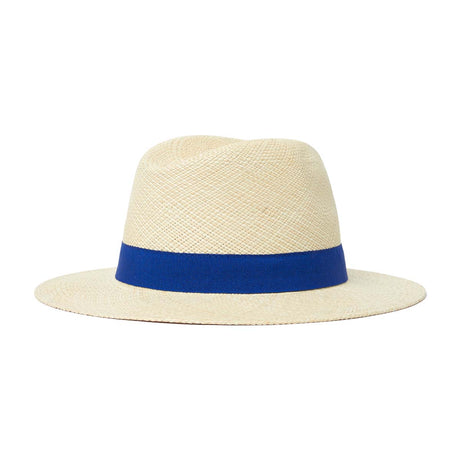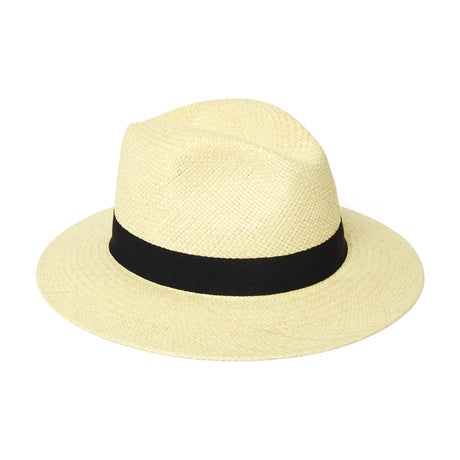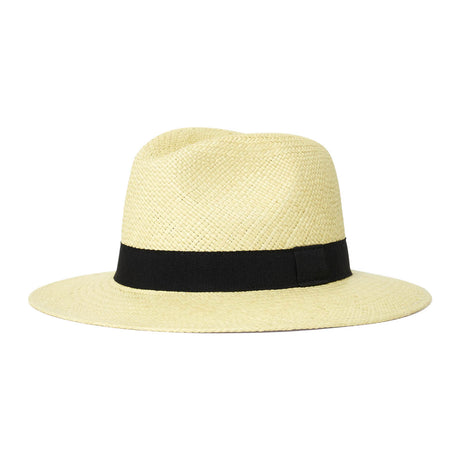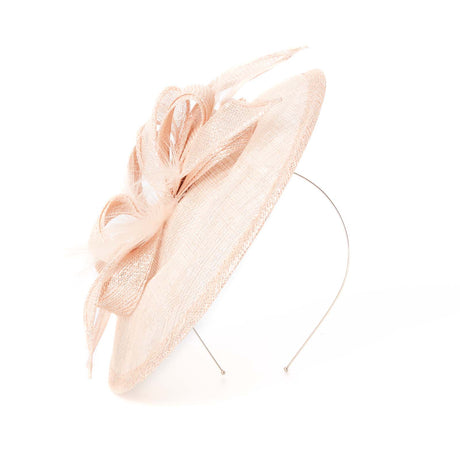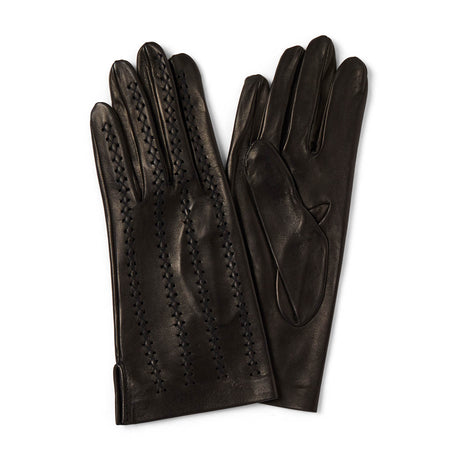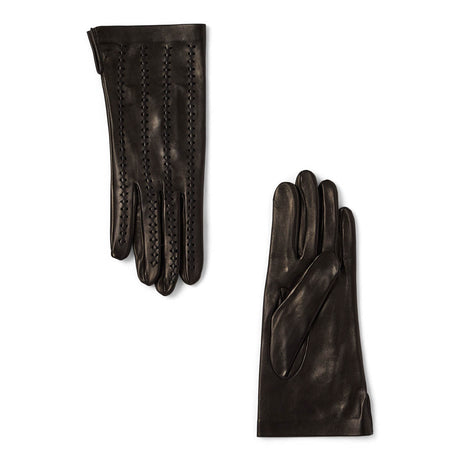Do you know bullet journaling? Halfway between the diary and the to-do list, this method of organization allows you to improve your productivity, avoid procrastination, record your thoughts, desires and memories, and proves to be a great personal development tool. So, why not take advantage of confinement to get started?
WHAT IS A BULLET JOURNAL?
The bullet journal (also called “bujo”) is a personal organization system unique to each person, developed by the American Ryder Carroll. Its name comes from the combination of two English words, bullet and journal , the first of which echoes the organization and recording of information, which is done using bullets ( bullets in English, “•”). The concept ? Use a blank notebook to create an annual, monthly and daily schedule adapted to your needs and your lifestyle, which will highlight your tasks to be accomplished, lists and reminders using bullet points or pictograms. In summary, it is the perfect mix between a notebook, a diary and a to-do list .
BULLET JOURNAL, DIRECTIONS FOR USE
Unlike a diary, a bullet journal does not have a page dedicated to one day of the year: it's up to you to personalize it! To do this, choose a blank notebook or a notebook dedicated to bullet journaling and number each of its pages. Then fill in the pages as follows to create different sections:
- An index (on two pages), which functions like a table of contents and serves to indicate everything contained in the notebook. You will need to enter each entry that follows (annual, monthly calendar, daily entries, etc.), as well as the corresponding page number.
- A page dedicated to the symbols (bullets, circles, squares, dashes, crosses, etc.) that you have chosen to indicate a task to be carried out, an event, a completed task, a postponed task, etc. It's up to you to match each symbol to a type of 'information.
- An annual calendar (on four pages) that will give you an overview of the coming year, where you can indicate all the events, anniversaries or long-standing tasks that will punctuate your year.
- A monthly calendar (on two pages), which indicates your events and projects on a monthly scale. Along the entire height of the left page, note the dates and days of the month as well as the information that corresponds to them (appointment, dinner, meeting, etc.). The right page will be dedicated to the to-do list for the month (resolve an administrative problem, send an important letter, schedule a dinner with loved ones, etc.).
- The daily entries (which start with today's date), which you will write one after the other: this is a daily point which lists all the tasks of the day. Once done, don't forget to mark them with a pictogram that you have previously chosen.
- Collections, themed pages that will help you identify lists that are important to you (restaurants to try, films to see, television series, etc.).
- Customized pages: shopping lists, recipes to try, goal tracking, wishlists , birthdays to remember, places to visit, memories that matter... It's up to you to be creative by adding personalized lists!
A (TRULY) UNIQUE NOTEBOOK
Are you a beginner? Do not panic ! If you don't want to start creating a bullet journal from A to Z, this turnkey kit gives you all the tools to create a notebook that suits you (with a notebook, a stencil for drawing, stickers to underline important points and a wheel stamp to personalize it). Another possibility is to opt for a ready-to-use notebook, like this daily journal which contains an explanatory page, pre-filled pages and dot pages. And if you're just looking to personalize a notebook that's a little too minimalist, this set of stamps will allow you to brighten up your calendars, lists or collections. No more excuses not to get started!










